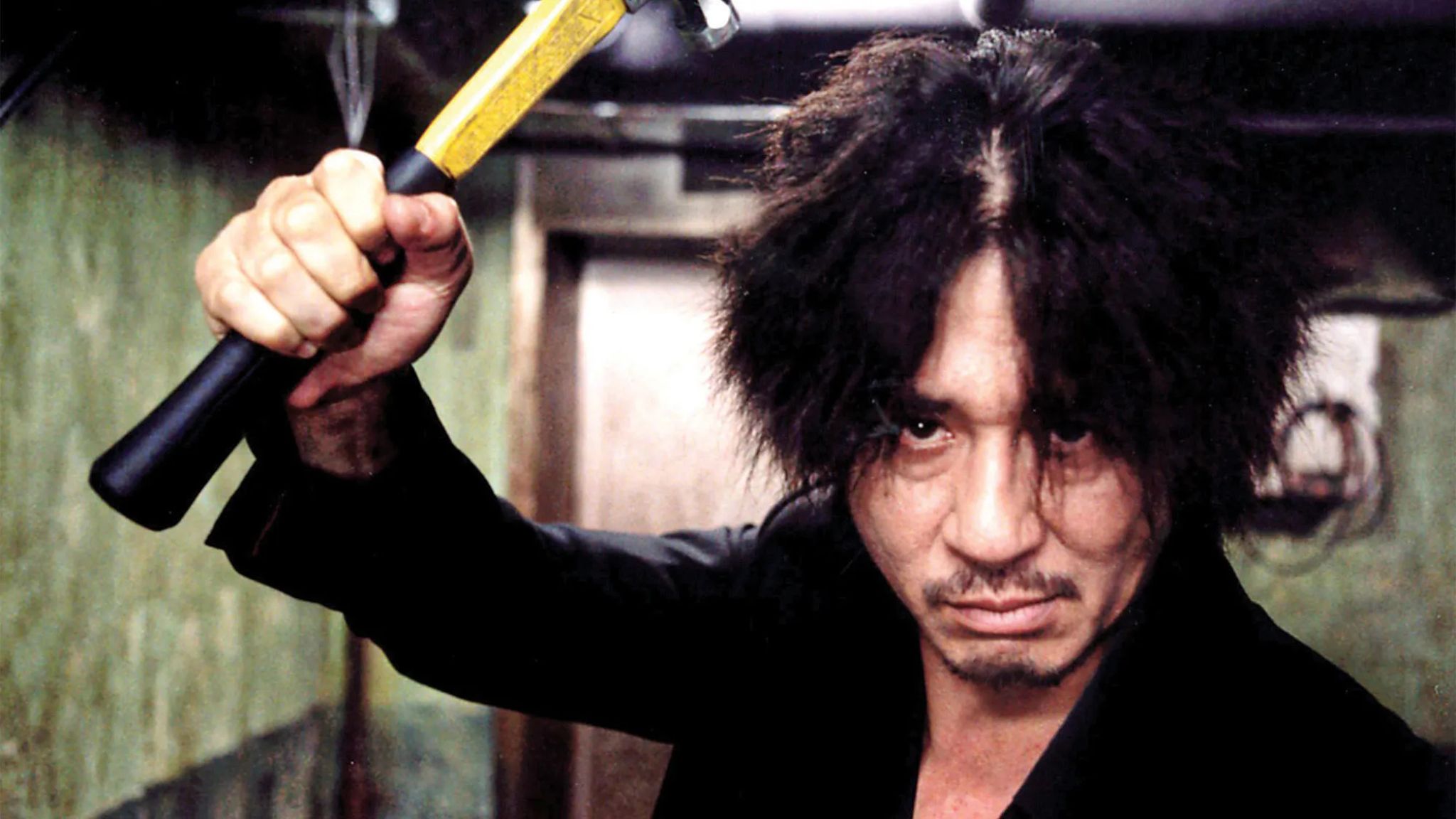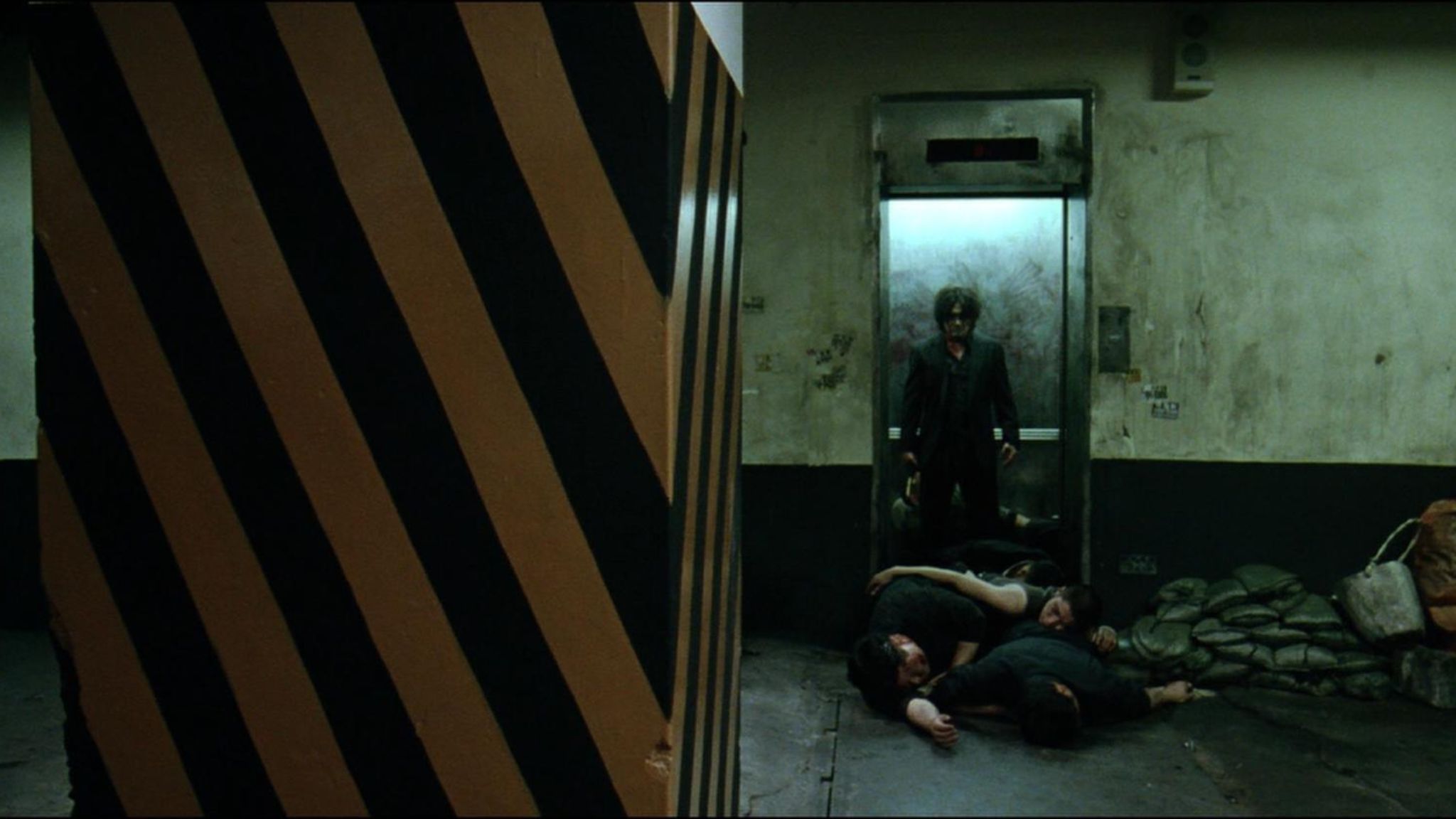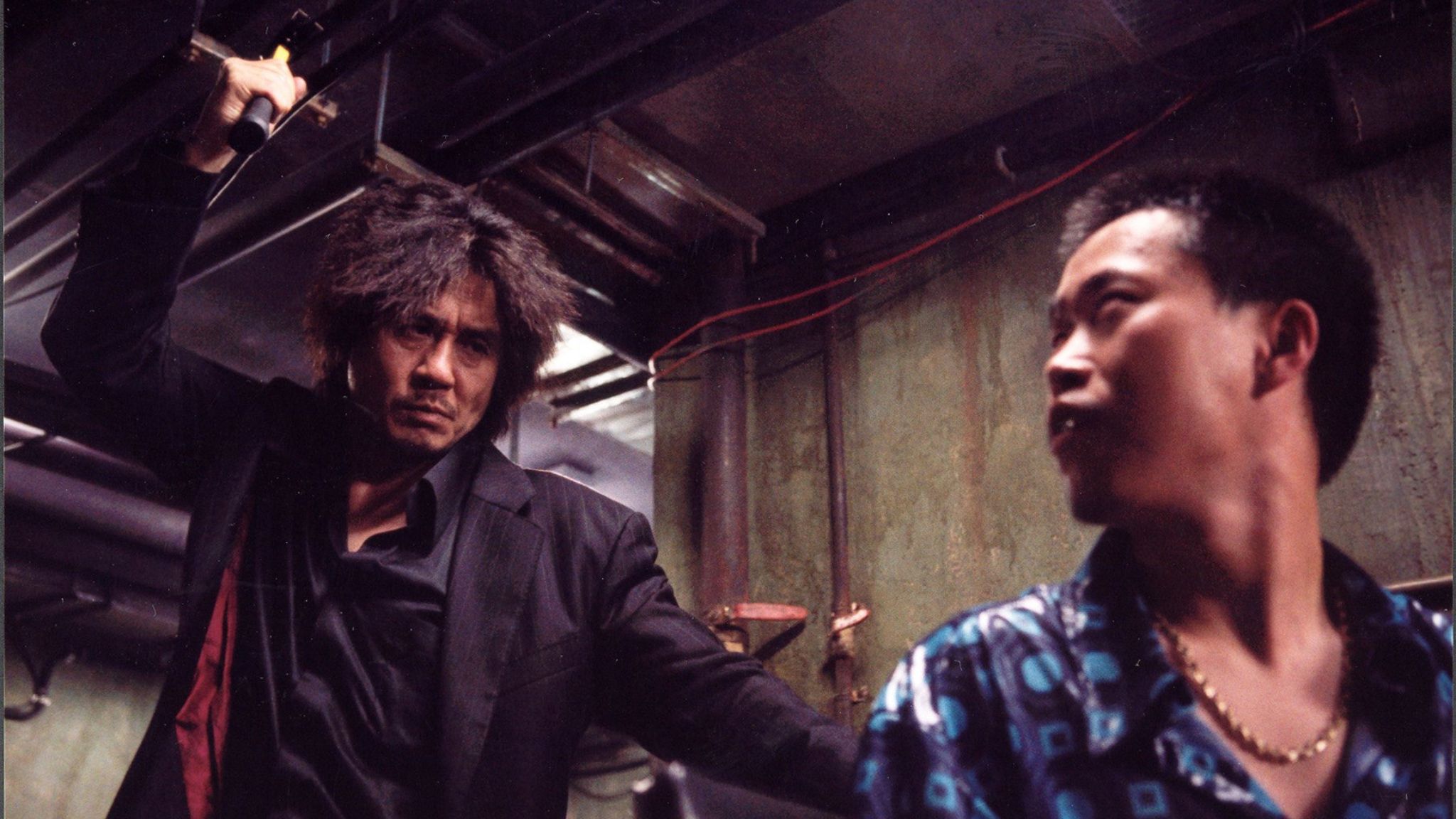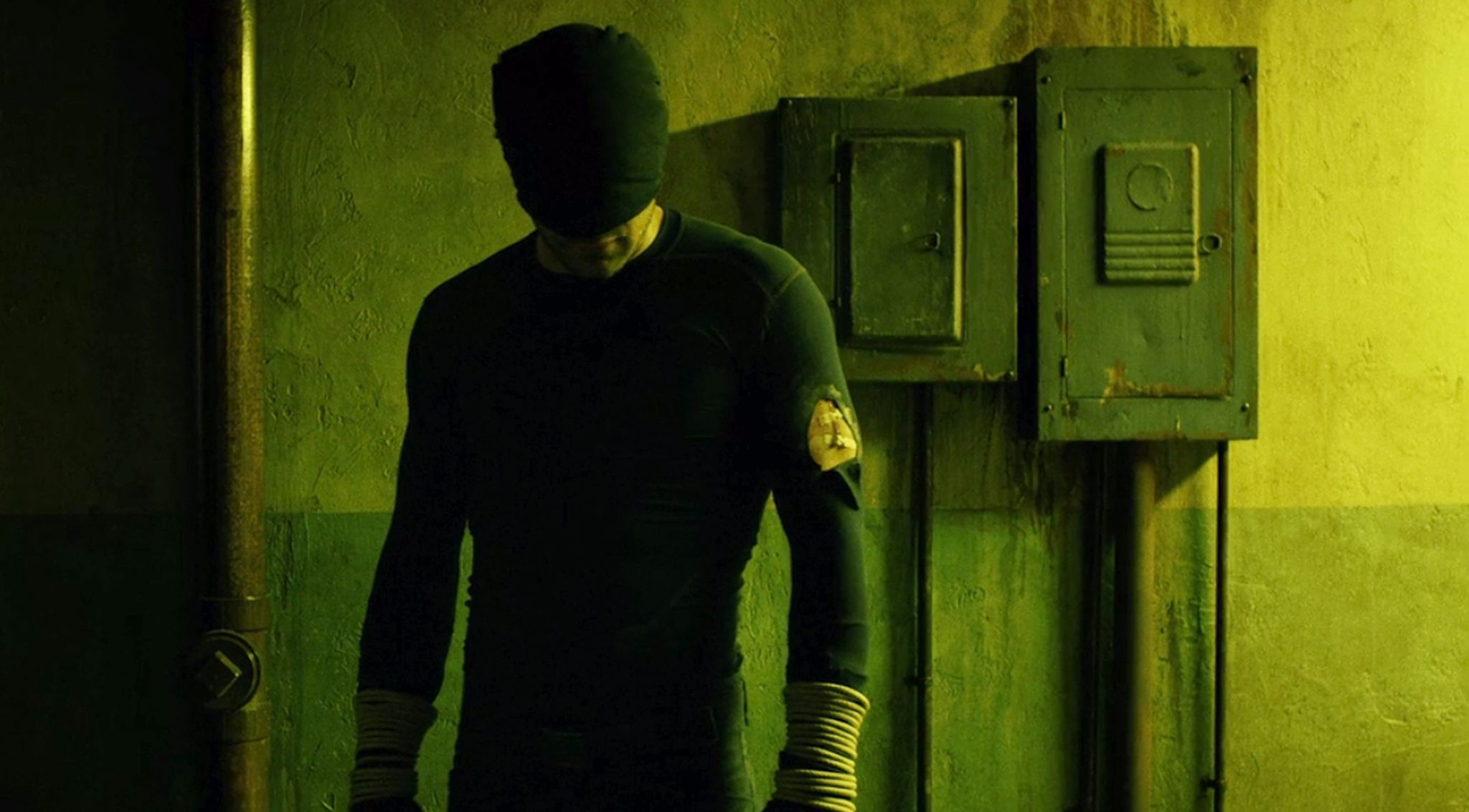
Park Chan-wook’s groundbreaking 2003 movie, Oldboy, is renowned for its harrowing plotline and shocking climax twist. However, what truly revolutionized the film industry was a specific three-minute sequence – the hallway fight where the protagonist Oh Dae-su (played by Choi Min-sik) employs a hammer to fend off a horde of assailants. This scene defied the mainstream trends in action movies during the early 2000s, offering an innovative approach to portraying onscreen combat. It has since become a widely adopted blueprint for action cinema, leaving a lasting impact on the way modern action films are made.
To appreciate why the hallway scene in “Oldboy” was revolutionary, it’s crucial to consider the cinematic landscape of the time. The primary styles in action filmmaking were characterized by the “shaky cam” technique and a fast-paced editing style, as seen in films like “The Bourne Supremacy.” This approach aimed to generate a sense of kinetic energy, immersing viewers directly into the midst of combat. For example, during the fight between Jason Bourne (Matt Damon) and Jarda (Marton Csokas), the camera is so close and the cuts are so swift that spectators can’t fully grasp what’s happening. Instead, they catch glimpses of fists, elbows, and household items used as weapons, but the actual fight choreography takes a backseat to the disorienting experience. The hallway fight in “Oldboy” was essentially a counterpoint to this trend, emphasizing the power of clarity over chaos in creating a more intense viewing experience.
Oldboy Hallway Scene Rejected Hyper-Editing

Rather than opting for quick cuts and a handheld camera style, Park deliberately employed the opposite approach in filming the renowned fight scene from Oldboy. Instead of rapidly switching angles, he chose an extended side-scrolling shot that moves along with Oh Dae-su as he advances down the corridor. The sickly green wallpaper adorning the walls amplifies the eerie ambiance. For a span of three minutes, viewers are compelled to witness each second of the fight without any visible edits. Every forceful hammer swing, every agonizing blow endured by the protagonist, and every instant of exhaustion is captured in a single, uninterrupted take. When Oh Dae-su’s hammer becomes lodged in a wall, we observe him trying to free it. As a thug gets back up after being knocked down, we see the event unfold in the background.
This method’s strength lies in its unmatched clarity. Viewers can easily grasp the battlefield layout, spot each antagonist, and bear witness to the grueling physical impact on the main character. The sound design plays a crucial role here, with grunts, shrieks, and damp thuds of the hammer serving as the sole audio accompaniment. The suspense escalates by revealing the harrowing truth of the predicament, compelling viewers to endure this arduous ordeal. This scene demonstrated that coherence can be more impactful than disorder, providing a potent counterpoint to the editing styles that have dominated Hollywood for some time.
Oldboy‘s Action Makes the Hero’s Struggle the Centerpiece

Oldboy subverted typical action movie tropes by presenting its main character, Oh Dae-su, differently during fight scenes, such as the one in the hallway. In contrast to action stars from the early 2000s who were depicted as unflappable killing machines, like those in films such as The Matrix or the James Bond series, Dae-su is an ordinary man dressed in a wrinkled suit after being imprisoned for fifteen years. He’s out of shape and desperate, and his fighting style mirrors this struggle. Consequently, the fight scene appears messy, awkward, and is primarily driven by Dae-su’s determination to keep going. Unlike other action heroes who deliver polished takedowns, he plunges into a chaotic mass of bodies, swinging aimlessly.
In the intense hallway fight scene from Oldboy, what makes it so striking is its departure from a power fantasy, instead focusing on Oh Dae-su’s torment. Suddenly, thugs lunge at him, grabbing his legs and clothes, violently pulling him down in an abrupt turn of events. As the fight drags on, his movements grow noticeably sluggish, adding to the scene’s raw intensity. A particularly memorable moment occurs when he is brutally stabbed in the back with a knife, his face contorted in a pained expression before turning to confront his attacker. This detailed portrayal of struggle serves as a powerful visual representation of Oh Dae-su’s character, a man persisting through an overwhelming amount of pain by sheer determination. In this way, Oldboy was groundbreaking in making the protagonist’s physical strife the focal point, refusing to present him as invincible or immune to injury. This approach demonstrated to future filmmakers that portraying a character’s suffering and exhaustion can be more captivating than any demonstration of unmatched skill.
Oldboy Became a Blueprint for Hollywood

The groundbreaking hallway fight scene in Oldboy has significantly influenced many prominent action series over the past two decades, with one notable instance being in Marvel’s Daredevil Netflix series of the late 2010s. In the second episode, a tribute to the hallway brawl from Oldboy is evident, as the show features its own long-take fight scene within a hallway. The character Matt Murdock (played by Charlie Cox) is already injured and bleeding before the battle starts, similar to Og Dae-su in Oldboy. Furthermore, the choreography emphasizes endurance rather than flashy martial arts, with the hero utilizing walls for support. Lastly, Matt Murdock’s motivation for fighting through the hallway is tied to his father’s memories, a boxer named “Battlin’ Jack Murdock,” which gives additional depth to his struggle. This scene from Daredevil was widely acclaimed and led to the addition of a hallway fight in each subsequent season of the series.
As a devoted admirer, I’d like to share my thoughts on how the groundbreaking film “Oldboy” has left an indelible mark on contemporary action cinema. Instead of just replicating specific sequences, the core philosophy of “Oldboy” is now a cornerstone in today’s action flicks. For instance, the gun-fu spectacle of the John Wick franchise is deeply rooted in the same concept of clarity. Mastermind director Chad Stahelski, a seasoned stuntman, employs wide shots and lengthy takes to ensure the audience can fully immerse themselves in the intricate choreography and Keanu Reeves’s remarkable physical prowess. This choice underscores the significance of the performers’ work over fast-paced editing.
Moreover, the brutal stairwell fight in Atomic Blonde and the mind-bending single-take action sequences in Extraction are modern offshoots of this technique. They build upon the blueprint of the Oldboy hallway fight, escalating it with larger budgets and cutting-edge technology, yet maintaining the same fundamental structure. Therefore, we can argue that the hallway fight in Oldboy did more than just create a lasting impression in cinematic history; it fundamentally transformed the rules for an entire genre.
Read More
- The Most Jaw-Dropping Pop Culture Moments of 2025 Revealed
- Ashes of Creation Rogue Guide for Beginners
- ARC Raiders – All NEW Quest Locations & How to Complete Them in Cold Snap
- Best Controller Settings for ARC Raiders
- Where Winds Meet: How To Defeat Shadow Puppeteer (Boss Guide)
- Ashes of Creation Mage Guide for Beginners
- Where Winds Meet: Best Weapon Combinations
- My Hero Academia Reveals Aftermath Of Final Battle & Deku’s New Look
- Hazbin Hotel season 3 release date speculation and latest news
- Bitcoin’s Wild Ride: Yen’s Surprise Twist 🌪️💰
2025-07-11 23:13